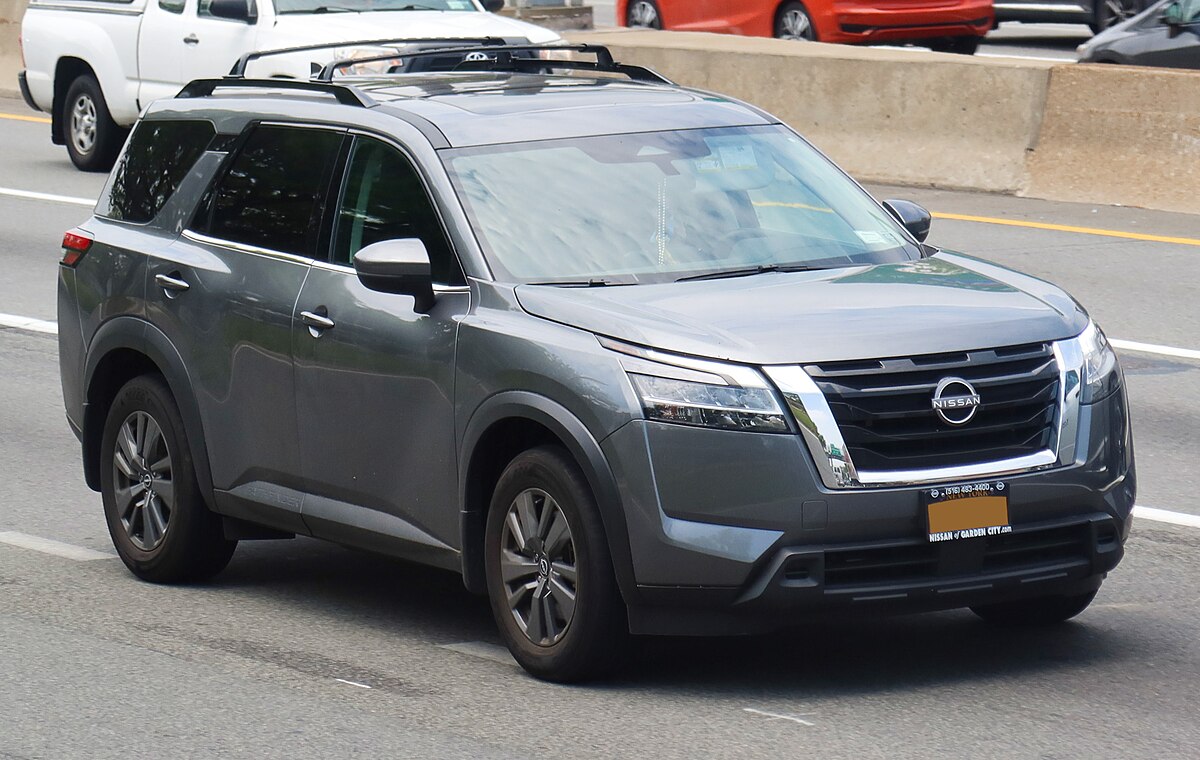In the world of automobiles, SUVs hold a unique and cherished place. They promise versatility, space, comfort, and the capability to tackle a variety of terrains and tasks, from family road trips and grocery runs to weekend adventures and towing trailers.
Among the many components that make or break an SUV’s long-term ownership experience, the transmission plays a pivotal role. It acts as the vital link between the engine and the wheels, controlling how power is transferred and how smoothly the vehicle responds to driver input.
When it functions flawlessly, the transmission fades into the background, allowing drivers to enjoy effortless shifts and steady acceleration. However, when it falters, it can turn into an expensive headache, often costing thousands of dollars in repairs and diminishing the vehicle’s overall value.
Given the critical importance of the transmission, SUV buyers — whether new or used — must pay close attention to transmission reliability when making their choices. While many vehicles today boast sophisticated multi-speed automatics, continuously variable transmissions (CVTs), or even dual-clutch systems, not all are created equal in terms of durability and maintenance demands.
Some SUVs feature transmissions that seem to defy the usual wear and tear, powering through 200,000 miles or more with only routine fluid changes and inspections. Others, however, develop chronic transmission issues early in their lives, necessitating costly repairs or complete rebuilds, often well before the vehicle has truly reached its full lifespan.
This article aims to guide SUV enthusiasts, prospective buyers, and current owners by highlighting two critical categories: SUVs that don’t need transmission service for 200,000 miles or more, and those that consistently require transmission attention much earlier.
Understanding these differences can save buyers significant amounts of money and stress down the line, while also enhancing their appreciation for the engineering and design philosophies that underpin reliable transmissions. The goal is not only to list specific models but also to provide insights into why certain transmissions succeed or fail in the demanding environments SUVs typically encounter.
For example, traditional, mechanically simple automatic transmissions in vehicles like the Toyota 4Runner and older Honda Pilot models have shown remarkable longevity, thanks to their conservative design and rugged components. These units often avoid the pitfalls that newer, more complex transmissions face — such as overheating, belt wear, or software glitches — by focusing on proven engineering principles.
Conversely, cutting-edge transmission technologies like CVTs and early 8-speed automatics, while promising improved fuel economy and smoother performance, sometimes fall short in real-world reliability. The Nissan Pathfinder’s CVT and the Jeep Grand Cherokee’s early 8-speed automatic are prime examples of this tension between innovation and durability.
It’s important to recognize that transmission reliability does not exist in a vacuum. Factors such as engine torque output, vehicle weight, driving style, maintenance schedules, and even climate play significant roles in determining how long a transmission will last.
Moreover, the cost and complexity of repairs can vary widely between brands and models, influenced by parts availability, mechanical design, and manufacturer support. Hence, a truly reliable SUV transmission balances robust mechanical construction, effective thermal management, straightforward maintenance procedures, and software calibration that minimizes stress on internal components.
This article also touches on the broader implications for the used SUV market. With millions of these vehicles changing hands every year, prospective buyers need to be aware of the transmission’s history and typical failure modes to make informed decisions.
Sellers, too, benefit from understanding transmission longevity as it influences resale value and customer satisfaction. Ultimately, a transmission that can confidently surpass 200,000 miles without major intervention is a major selling point and a testament to a manufacturer’s commitment to quality and engineering excellence.
In sum, the transmission is one of the most important, yet often overlooked, components when it comes to the long-term ownership of SUVs. By exploring which models have demonstrated exceptional durability and which tend to struggle with transmission problems, this article aims to equip readers with the knowledge they need to avoid costly pitfalls and enjoy their SUVs with greater confidence.
Whether you’re a first-time buyer, a seasoned off-roader, or simply someone who appreciates reliable transportation, understanding transmission reliability can profoundly impact your ownership experience. Let’s delve into the details of these vehicles and discover the 5 SUVs that don’t need transmission service for 200k miles and the 5 that constantly do.
Also Read: 5 Engine Swaps That Extend Life and 5 That End It
5 SUVs That Don’t Need Transmission Service for 200k Miles
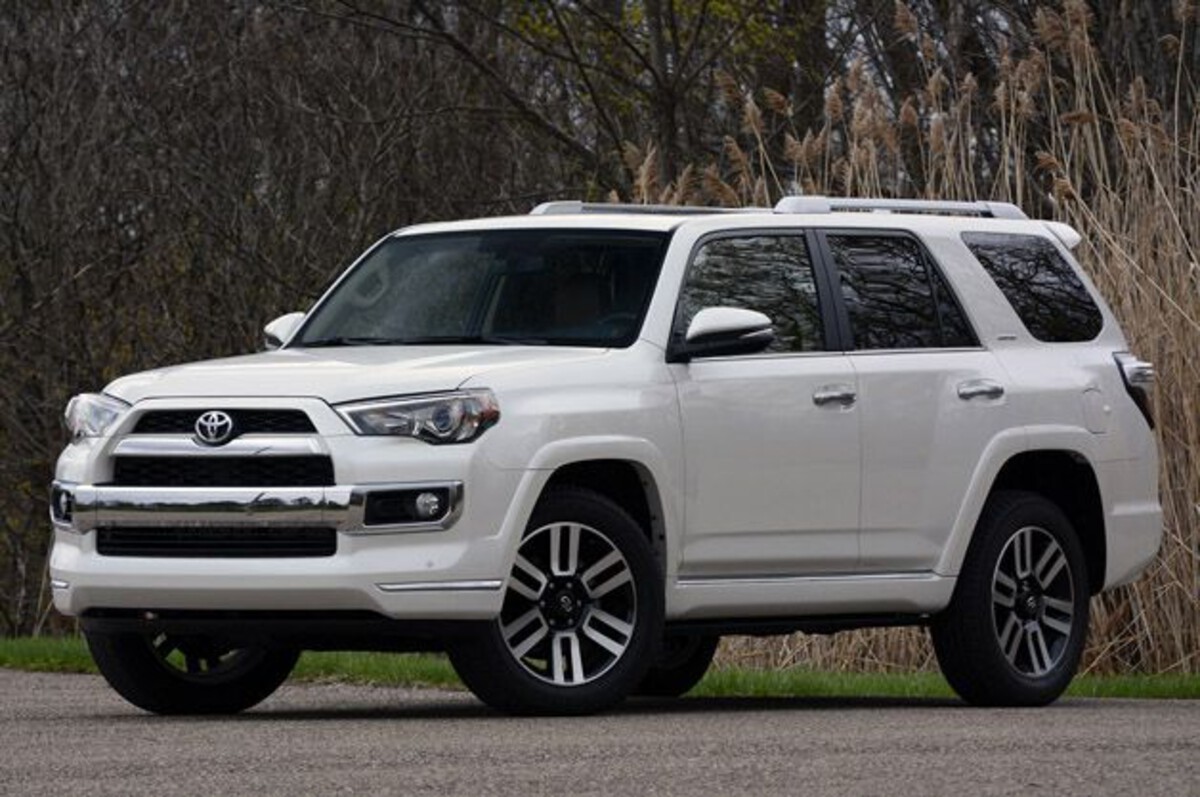
1. Toyota 4Runner
The Toyota 4Runner is the poster child for mechanical simplicity and durability in the modern SUV world. Its reputation isn’t just built on flashy marketing or selective reliability reports — it’s based on millions of real-world miles driven by owners who have pushed this SUV to the limits and beyond. At the heart of the 4Runner’s resilience is its proven 5-speed automatic transmission.
While many competitors moved toward 8-, 9-, and even 10-speed automatics chasing marginal fuel economy gains, Toyota stuck with a tried-and-true unit that emphasized rugged performance over refinement. It may not deliver the most seamless shifts or the best fuel numbers, but it’s bulletproof — and that’s exactly what long-term SUV buyers value.
One major contributor to the 4Runner’s transmission reliability is Toyota’s conservative design philosophy. Rather than cramming in advanced shift algorithms or exotic friction materials, Toyota chose long-lasting components and ensured that every part was overbuilt for the intended purpose.
The 5-speed ECT transmission is a legacy of truck-based engineering, with cooling systems and internal tolerances designed to handle high towing loads and heavy use in extreme temperatures. This makes the 4Runner not only suitable for the family road trip but also for rugged off-road expeditions and utility tasks. Because it shares transmission components with Toyota’s pickups and Land Cruiser derivatives, the 4Runner benefits from a lineage that prioritizes reliability over innovation for its own sake.
Another crucial aspect of the 4Runner’s endurance is that its transmission doesn’t get overworked. The naturally aspirated 4.0-liter V6 engine delivers ample torque without the kind of turbocharged spikes that can damage clutches and planetary gearsets over time.
Moreover, the shift logic in the 4Runner is tuned for smooth, gradual transitions, rather than performance-oriented quick shifts, which put more stress on the internals. The overall design philosophy centers around harmony between engine output, transmission engagement, and vehicle load. This balance allows for a longer mechanical lifespan with fewer catastrophic failures, making the 4Runner a favorite for buyers looking to hold onto a vehicle for a decade or more.
Finally, the ownership community surrounding the 4Runner adds another layer to its legacy. Owners often report reaching 250,000–300,000 miles with only fluid changes and filter replacements, and enthusiast forums are filled with guides on DIY maintenance, further enhancing long-term affordability.
Mechanics frequently praise the 4Runner’s transmission for being “unremarkable” in the best way possible. It just works. It doesn’t throw codes. It doesn’t fail suddenly. For buyers seeking a vehicle that can be passed from one generation to the next without worrying about a $4,000 rebuild, the 4Runner is often at the top of the list.
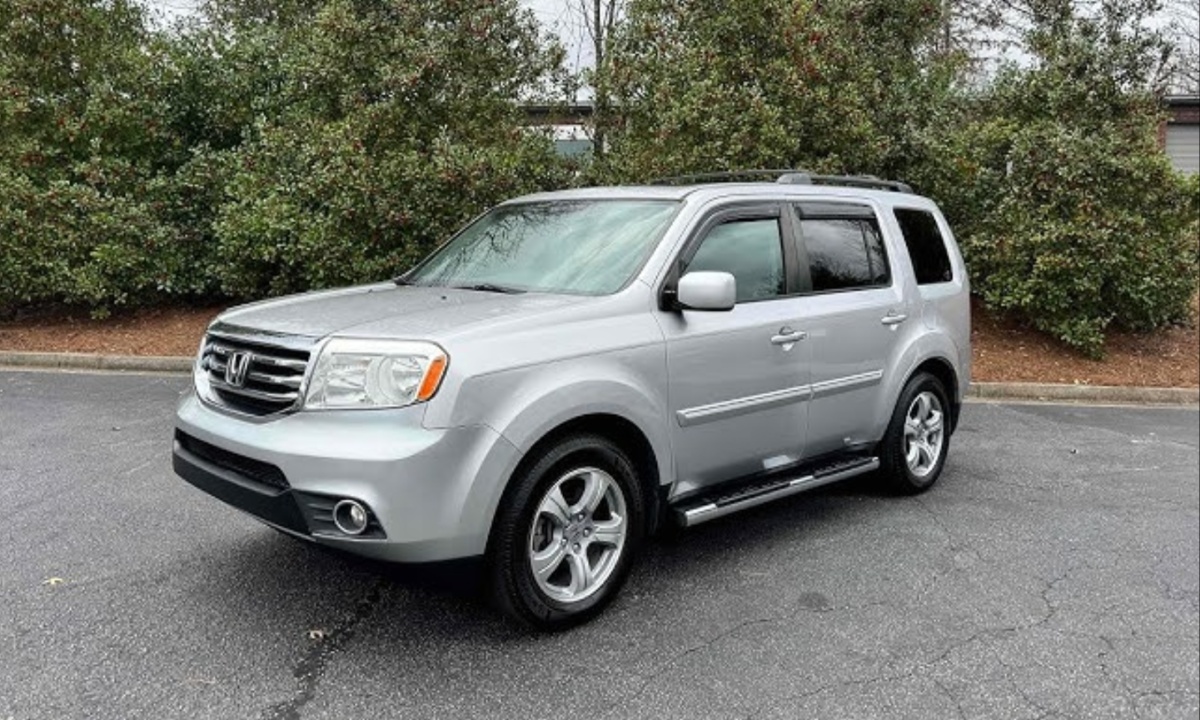
2. Honda Pilot (2010–2015, 5-Speed Automatic)
Honda may have faced its share of criticism over transmission problems in the early 2000s, but the 2010–2015 Honda Pilot — specifically those equipped with the 5-speed automatic — marked a turning point for the company. These models demonstrated that Honda had finally ironed out the flaws that plagued earlier V6 powertrains.
The 5-speed transmission found in this generation is remarkably durable, simple in its construction, and well-matched to the 3.5L VTEC V6. This pairing delivers a predictable driving experience with smooth power delivery and excellent longevity, assuming regular maintenance is performed.
What makes this 5-speed particularly dependable is that it operates within a very “safe” performance window. It doesn’t face excessive torque loads, nor does it suffer from the complex adaptive shift logic that has compromised the reliability of more modern transmissions. Its gear ratios are spaced in a way that reduces unnecessary downshifting and prevents overheating.
This is critical in high-mileage scenarios, especially for families who use their Pilots for road trips, commuting, and occasional light towing. With proper fluid flushes every 60,000–90,000 miles, this transmission rarely causes issues even as the vehicle surpasses 200,000 miles.
Another key advantage lies in the fact that the Pilot’s 5-speed doesn’t rely on dual clutches, CVT mechanics, or shift-by-wire technology — all of which have introduced reliability problems in other vehicles. The mechanical simplicity of this unit, combined with Honda’s improvement in torque converter durability, ensures fewer internal failures.
Unlike newer 9-speed Pilots, which sometimes suffer from rough shifts or delayed engagement, the 5-speed has a track record of consistency. That predictability is what makes it a smart choice for buyers who aren’t looking for cutting-edge technology but instead want peace of mind.
Perhaps most telling is how many of these Pilots are still on the road today as family haulers, airport shuttles, and Uber vehicles. Many owners share mileage milestones on online forums, proudly posting photos of odometers that read well over 250,000 miles.
Mechanics echo this sentiment, often noting that aside from regular timing belt changes and basic fluid service, the transmission holds up incredibly well. For people looking to buy a reliable used SUV that won’t come with looming transmission costs, this era of the Honda Pilot is a rare sweet spot in the V6 SUV segment.
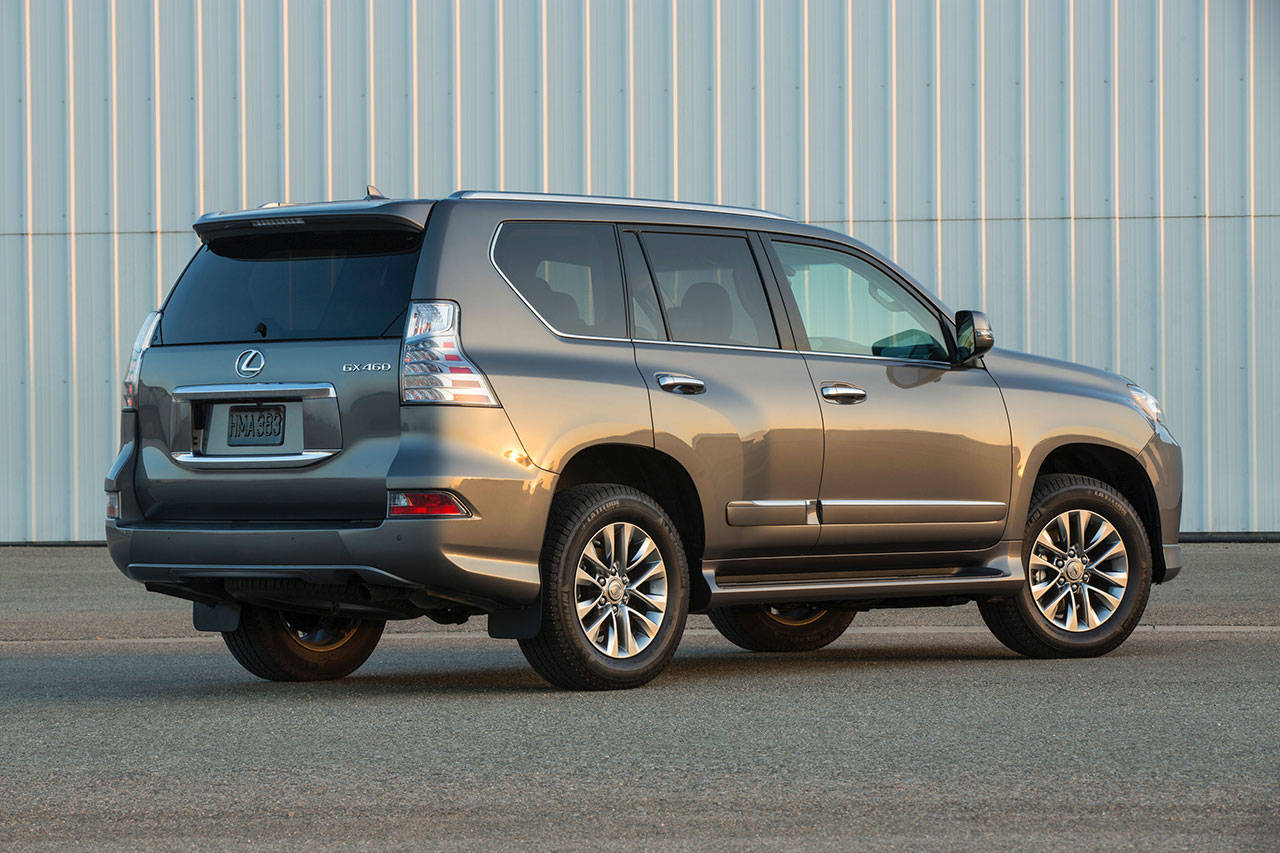
3. Lexus GX 460
The Lexus GX 460 is a luxury SUV that quietly outperforms nearly every competitor when it comes to long-term durability — especially in the transmission department. Built on a robust, truck-like chassis and derived from the globally respected Land Cruiser Prado platform, the GX 460 is built for longevity rather than novelty.
Its 6-speed automatic transmission is paired with a naturally aspirated 4.6-liter V8 that delivers steady, consistent torque. This pairing avoids the stress points commonly associated with turbocharging, such as heat spikes, inconsistent torque delivery, and excessive downshifting.
Unlike other luxury SUVs that prioritize ultra-smooth shifts or high-tech driving modes, the GX 460 keeps things straightforward. Its automatic transmission is designed with long-haul capability in mind — a nod to its global heritage, where Toyota and Lexus vehicles must endure rough roads and scarce maintenance resources.
Because of this, Lexus engineers went with thicker clutches, improved hydraulic circuits, and a torque converter built for sustained highway and off-road use. The result is a transmission that very rarely needs anything beyond routine service until well past the 200,000-mile mark.
In practice, this means GX 460 owners experience a vehicle that shifts consistently and never surprises them with erratic behavior, jerky transitions, or mysterious fault codes. Even as the SUV ages, its transmission continues to perform smoothly — a key reason many of these vehicles are still on the road with minimal drivetrain issues.
Some drivers have even repurposed GX models as overlanding rigs, outfitting them with lift kits, rooftop tents, and auxiliary fuel systems, putting enormous stress on the transmission system, which remarkably continues to hold up.
What truly sets the GX 460 apart from other luxury SUVs is how effortlessly it combines refinement with rugged reliability. It’s luxurious enough to rival German competitors in terms of comfort and quietness, yet underneath the leather and tech lies a vehicle with a transmission that’s built for decades of use. Owners frequently mention that even after 10 years of ownership, the transmission hasn’t missed a beat. When Lexus promises reliability, the GX 460 delivers — quietly, confidently, and for hundreds of thousands of miles.

4. Ford Expedition (2010–2014)
The 2010–2014 Ford Expedition is a prime example of how solid engineering and smart transmission partnerships can lead to long-term durability. During this era, Ford implemented the 6R80 6-speed automatic transmission — a unit based on a design licensed from the German transmission manufacturer ZF, widely respected for their engineering prowess.
This transmission was built to handle the substantial torque of Ford’s 5.4-liter V8 engine, and it does so with ease, making the Expedition a top contender for high-mileage dependability.
What makes the 6R80 such a success in the Expedition is its balanced engineering. It features robust internals, efficient fluid management, and a well-calibrated shift strategy that avoids excessive clutch engagement or hunting between gears. The software controlling the transmission is intuitive without being overactive, which reduces the stress on the internal components.
This means less heat, less wear, and far fewer instances of solenoid failure — one of the most common problems in modern automatics. Ford’s integration of this transmission into the Expedition chassis is a textbook example of mechanical harmony, and it results in a much more predictable, problem-free driving experience over time.
Expedition owners regularly report crossing the 200,000-mile threshold without experiencing any major transmission issues. Many of these vehicles are used for demanding tasks — hauling trailers, carrying passengers, and taking long road trips across hot or mountainous terrain.
Yet the 6R80 continues to perform without complaint. One of the big advantages is the ease of serviceability: fluid changes are relatively straightforward, and many owners report success with preventative flushes every 50,000–75,000 miles. There are few proprietary components or obscure repair requirements, which keep long-term maintenance costs low.
Another reason for the Expedition’s success is that it wasn’t built for performance gimmicks or rapid gear-shifting trickery. It’s a straightforward, large SUV built to carry a load without drama. This design ethos extends to the transmission, which emphasizes reliability over speed. When properly maintained, the Expedition’s 6R80 shows almost no signs of
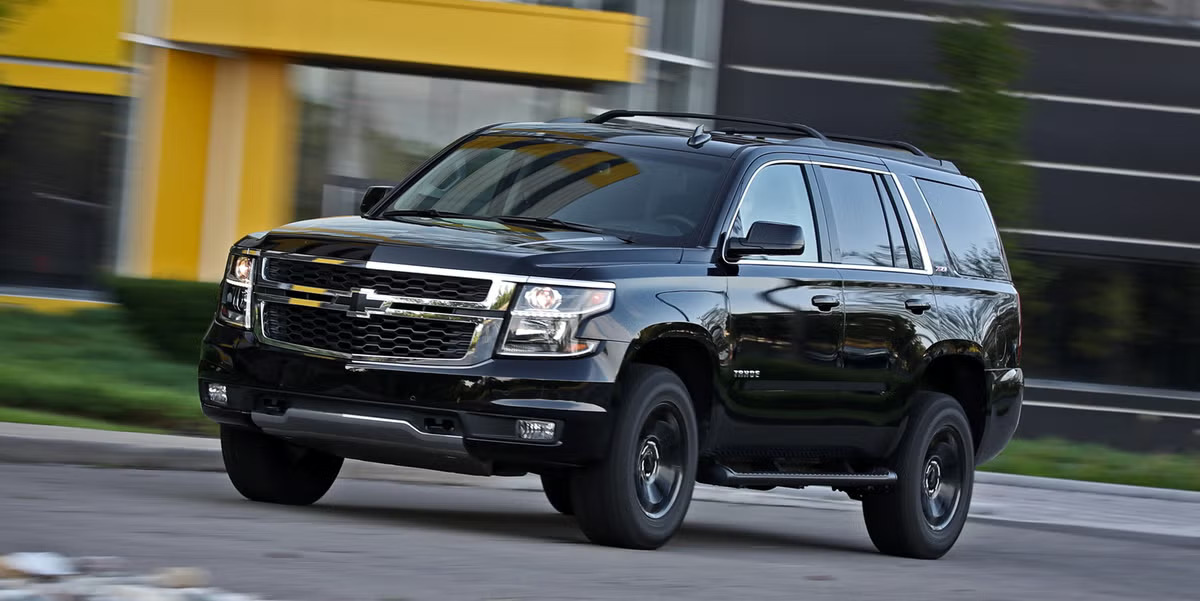
5. Chevrolet Tahoe (2009–2014)
The Chevrolet Tahoe from the 2009 to 2014 model years stands out as one of the most durable full-size SUVs when it comes to transmission longevity. During this period, GM employed the 6L80 6-speed automatic transmission, a workhorse unit that was used across a variety of trucks and SUVs.
This transmission quickly gained a reputation for toughness and reliability after GM addressed the early kinks found in previous iterations. It was designed to handle the torque of GM’s popular 5.3-liter V8 engine, which, while powerful, doesn’t overwhelm the transmission with extreme stress — a key factor in its long life. The 6L80’s internal components feature improved clutch packs, a robust torque converter, and efficient electronic controls that all contribute to smooth, consistent shifts that don’t wear out prematurely.
One of the biggest reasons the Tahoe’s transmission remains service-free for so long is the balance between the vehicle’s overall weight and the transmission’s capability. Unlike some lighter SUVs where transmissions might be pushed hard by heavy towing or aggressive driving, the Tahoe’s chassis and drivetrain are designed to handle substantial loads and rough usage from the start.
This inherent capability means the transmission doesn’t have to operate at the edge of its limits during normal driving conditions. Additionally, the 6L80 benefits from an effective cooling system that keeps transmission temperatures in check, even when towing or climbing hills — conditions that often cause early transmission failures in lesser-equipped SUVs.
Owners of these Tahoes routinely report reaching 200,000 miles and beyond with only routine transmission fluid changes and filter replacements — no major repairs or rebuilds needed. Because the 6L80 is widely used in GM’s truck lineup, parts availability and service expertise are plentiful, which keeps maintenance costs reasonable and repairs straightforward when needed.
This is important for long-term ownership because even a durable transmission may eventually require service, and having accessible parts and knowledgeable mechanics ensures that minor issues don’t escalate into major failures.
Furthermore, the Tahoe’s transmission is praised for its smooth and confident gear shifts, even as the vehicle ages. Unlike some competitors, where rough shifts, hesitation, or slipping start showing up well before the 200,000-mile mark, the Tahoe’s 6L80 maintains consistent performance through its lifespan.
This durability and reliability are partly due to GM’s commitment to engineering the transmission with conservative shift maps and robust mechanical components, rather than chasing marginal efficiency gains with overly complex designs. For drivers who want a full-size SUV that just keeps going without expensive transmission troubles, the 2009–2014 Chevrolet Tahoe remains one of the best bets on the market.
SUVs That Constantly Need Transmission Service
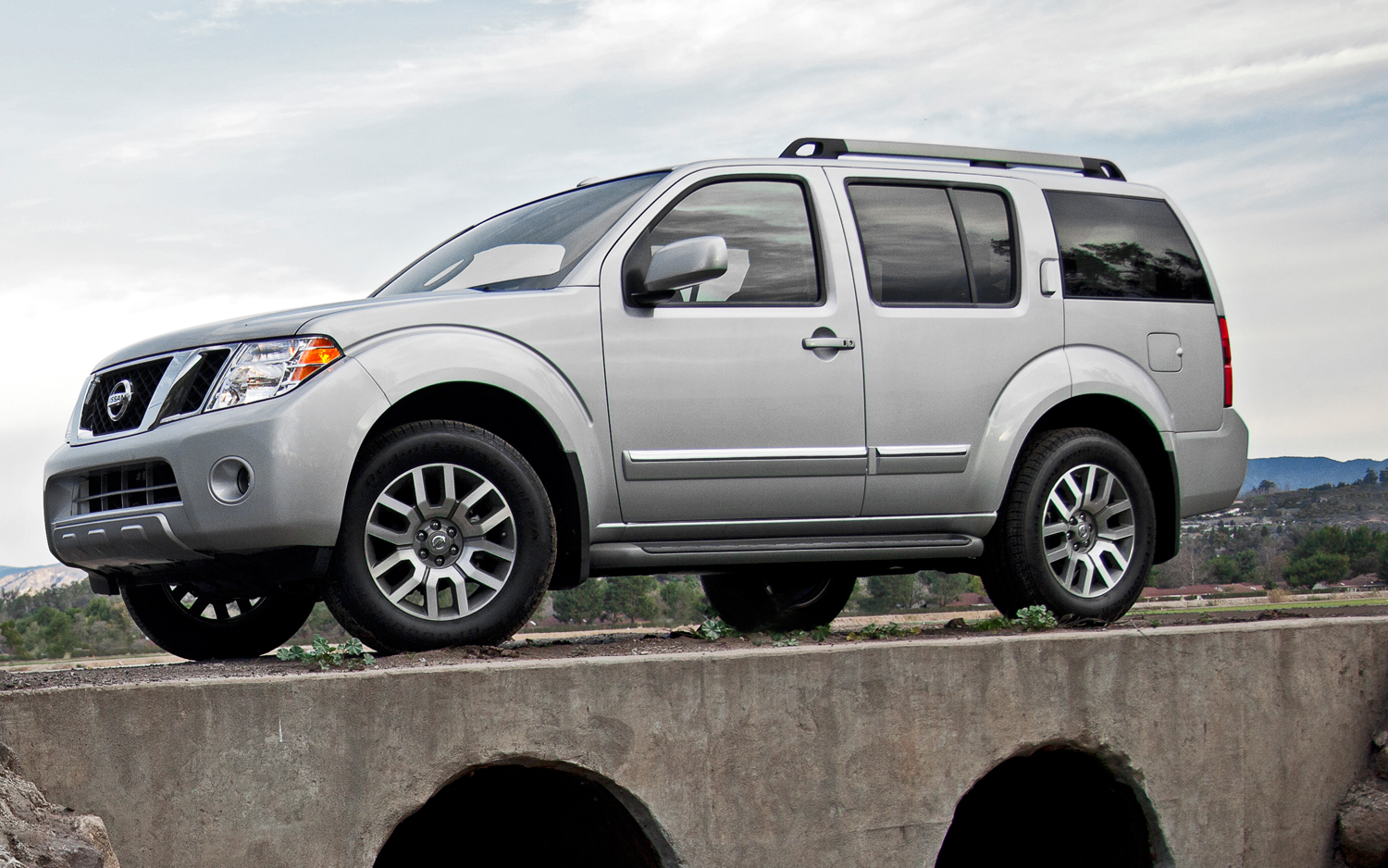
1. Nissan Pathfinder (2013–2016, CVT Models)
The Nissan Pathfinder’s 2013 to 2016 generation, equipped with a continuously variable transmission (CVT), has earned a notorious reputation for transmission issues that start far earlier than expected — often between 60,000 and 80,000 miles. Nissan’s Jatco-designed CVT was intended to improve fuel efficiency and smoothness by replacing traditional gear sets with a system that uses a belt and pulleys to vary gear ratios continuously.
While this technology sounds advanced and promising on paper, the reality for Pathfinder owners has been fraught with frustration. Unlike traditional automatic transmissions, CVTs rely on complex hydraulic systems and specialized belt materials that are prone to early wear, especially when subjected to the demands of a mid-size SUV carrying heavy loads or towing.
One of the primary problems with the Pathfinder’s CVT is overheating and belt slippage. The belt inside the transmission, which transfers power between the pulleys, can degrade over time due to high heat, hard acceleration, or towing heavier-than-recommended weights.
As the belt wears, owners often notice a shudder or judder sensation, slipping between ratios, and eventually a complete loss of drive. These symptoms are early warning signs that the transmission may need a costly rebuild or full replacement, often far sooner than one would expect for a vehicle marketed as a family SUV. Many owners have shared their experiences of dealing with frequent transmission fluid changes only to see temporary relief before the symptoms return.
Compounding the issue is the cost and complexity of repairing or replacing the CVT in these Pathfinders. Because CVTs are less common and use specialized components, parts are expensive and labor-intensive to service. Furthermore, the CVT’s internal design doesn’t lend itself well to simple rebuilds; instead, a full transmission replacement is often recommended, which can run into the $4,000–$7,000 range.
This cost is a significant downside for Pathfinder owners who did not anticipate early transmission failure when purchasing the SUV. Unfortunately, Nissan’s warranty coverage and extended warranties often don’t cover these issues adequately, leading to high out-of-pocket expenses.
Finally, while CVTs can offer excellent fuel economy in theory, the trade-off for Pathfinder owners has been reduced reliability and peace of mind. Many drivers express regret about their Pathfinder’s transmission performance, especially when comparing it to older models with traditional automatics that lasted much longer.
This CVT’s failure pattern has also affected Nissan’s reputation in the mid-size SUV market. For buyers focused on longevity and lower maintenance costs, the 2013–2016 Pathfinder CVT is often cited as a “buyer beware” model, underscoring the risk of jumping on transmission technologies before they’ve fully matured.
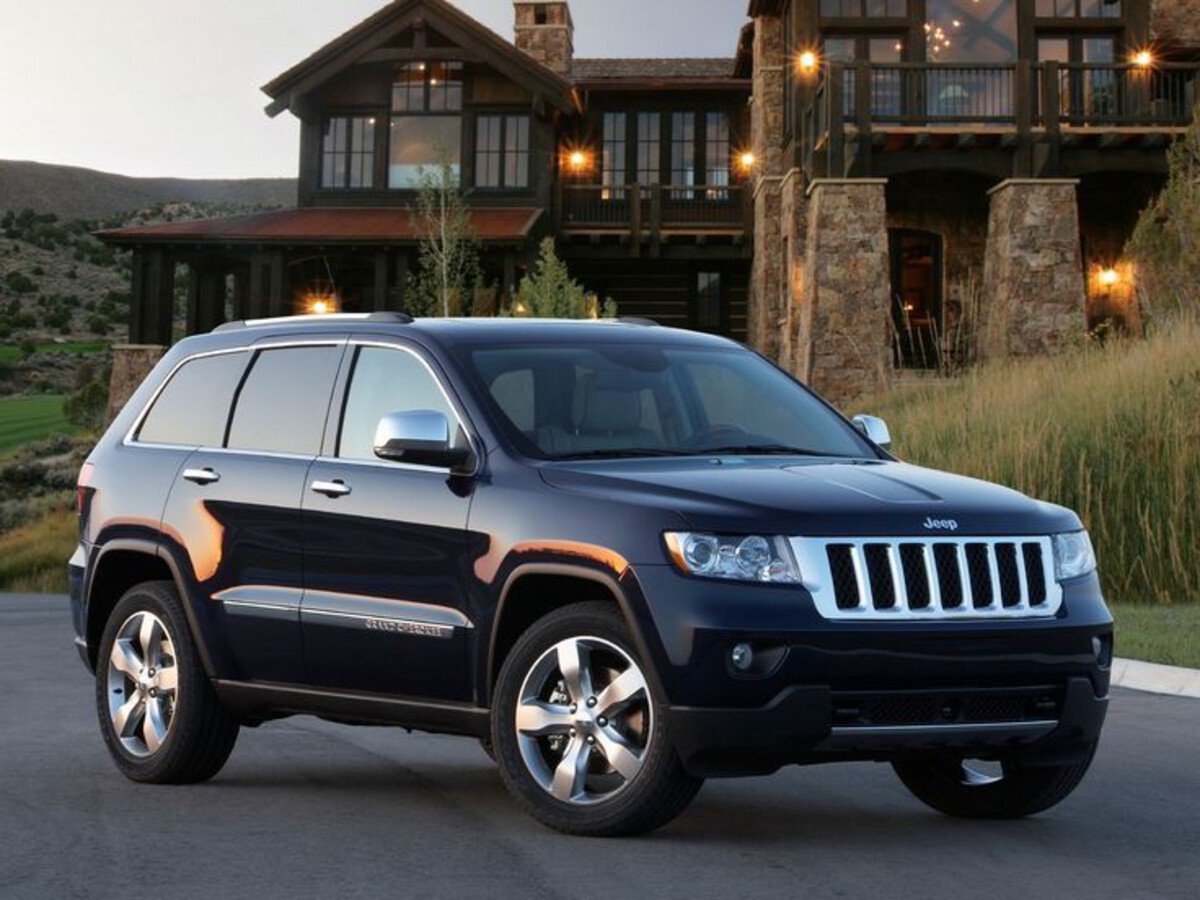
2. Jeep Grand Cherokee (2011–2013, 8-Speed ZF Transmission)
The Jeep Grand Cherokee, especially in the 2011 to 2013 model years equipped with the advanced 8-speed ZF automatic transmission, has been a frequent source of transmission headaches for owners. ZF transmissions are highly regarded in Europe for their smoothness and efficiency, but the implementation in these early Grand Cherokees was plagued by software glitches and mechanical issues that led to erratic shifting and premature wear.
The 8-speed transmission in question, the ZF 8HP, is an intricate piece of machinery featuring multiple clutch packs, sophisticated hydraulic circuits, and a complex electronic control module. While it’s designed for performance and fuel efficiency, the early Grand Cherokees had difficulty harnessing this technology reliably under real-world American driving conditions.
One of the most common problems reported is “gear hunting,” where the transmission continually shifts up and down between gears, especially at lower speeds. This causes jerky, uncomfortable driving and accelerates clutch wear inside the transmission.
Additionally, there have been numerous cases of the transmission slipping, delayed engagement, and harsh downshifts that stress internal components prematurely. These symptoms often appear as early as 50,000 to 90,000 miles, forcing many owners into costly repairs or complete transmission replacements. What exacerbates the problem is that early software calibrations were not optimized for the vehicle’s weight or engine torque, leading to inconsistent performance and increased mechanical strain.
Repair costs for these early ZF 8-speed units are notoriously high. The transmission’s complexity means that diagnosing problems often requires specialized equipment and factory-level software. Many repair shops lack the training or tools to service these transmissions properly, so owners are often forced to turn to dealership service departments, where labor rates are higher.
When the transmission slips or malfunctions, clutch packs and mechatronics units are frequently replaced, often at costs exceeding $5,000. The high cost of ownership and potential downtime make the Grand Cherokee a difficult choice for buyers who prioritize reliability.
Despite Jeep’s efforts to improve the software and hardware in later models, the 2011–2013 Grand Cherokee’s 8-speed transmission remains a cautionary tale. These early models underscore the risks associated with early adoption of cutting-edge transmission technologies before they have been fully vetted in the marketplace. For drivers considering a used Grand Cherokee from this era, it’s essential to factor in the likelihood of transmission issues and prepare for potentially significant repair costs.
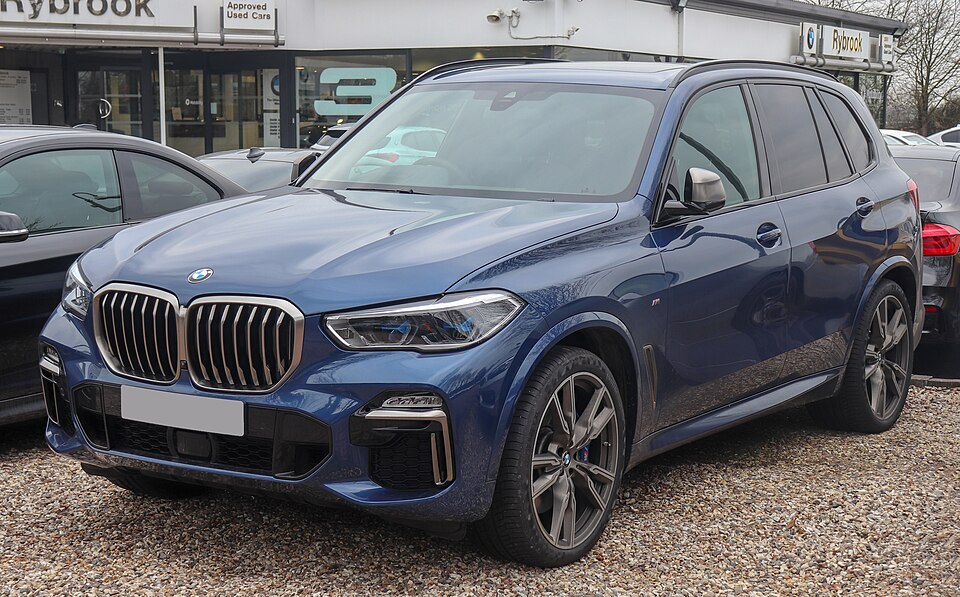
3. BMW X5 (2007–2013, Early 8-Speed Automatics)
The BMW X5 is renowned for its driving dynamics, luxurious interior, and cutting-edge technology, but its transmission reliability, particularly in models from 2007 to 2013 equipped with early versions of the 8-speed automatic transmission, has been a source of consistent trouble.
BMW was among the first luxury automakers to adopt ZF’s 8-speed automatic, touted for its quick shifts and improved fuel efficiency. However, early implementations of this transmission in the X5 were not without flaws. Owners frequently report harsh shifting, slipping, and sometimes total transmission failure well before the 100,000-mile mark.
A critical issue in these X5s is the premature wear of clutch packs and mechatronic modules — the electronic control units responsible for hydraulic control of shifts. Because BMW tuned these transmissions aggressively to enhance sportiness and responsiveness, the transmission endures higher stress cycles than more conservatively calibrated units.
This leads to clutch overheating, fluid degradation, and erratic hydraulic pressure, all of which reduce component life. Drivers often notice delayed shifts, rough downshifts, or a sudden “limp mode” activation, which drastically limits vehicle performance and indicates serious transmission trouble.
BMW transmission repairs are also notably expensive. Due to the transmission’s complexity and integration with the vehicle’s advanced electronics, a simple fluid change or filter replacement is rarely enough to restore full function. Instead, owners often face rebuilding the transmission or replacing critical modules, with repair bills easily surpassing $6,000. Furthermore, the X5’s electronic systems can complicate diagnostics, requiring specialized tools and expertise that are often only available at dealer service centers. This increases both repair wait times and costs.
Because the X5 is a luxury vehicle with a high-performance pedigree, owners often accept some trade-offs in maintenance costs, but the frequency of transmission problems in early 8-speed automatics has been a significant headache for many.
The lesson here is that early adoption of new transmission technology can come with growing pains, especially when paired with sporty tuning that pushes components closer to their mechanical limits. For buyers seeking a dependable luxury SUV without frequent transmission service, these model years are better avoided.
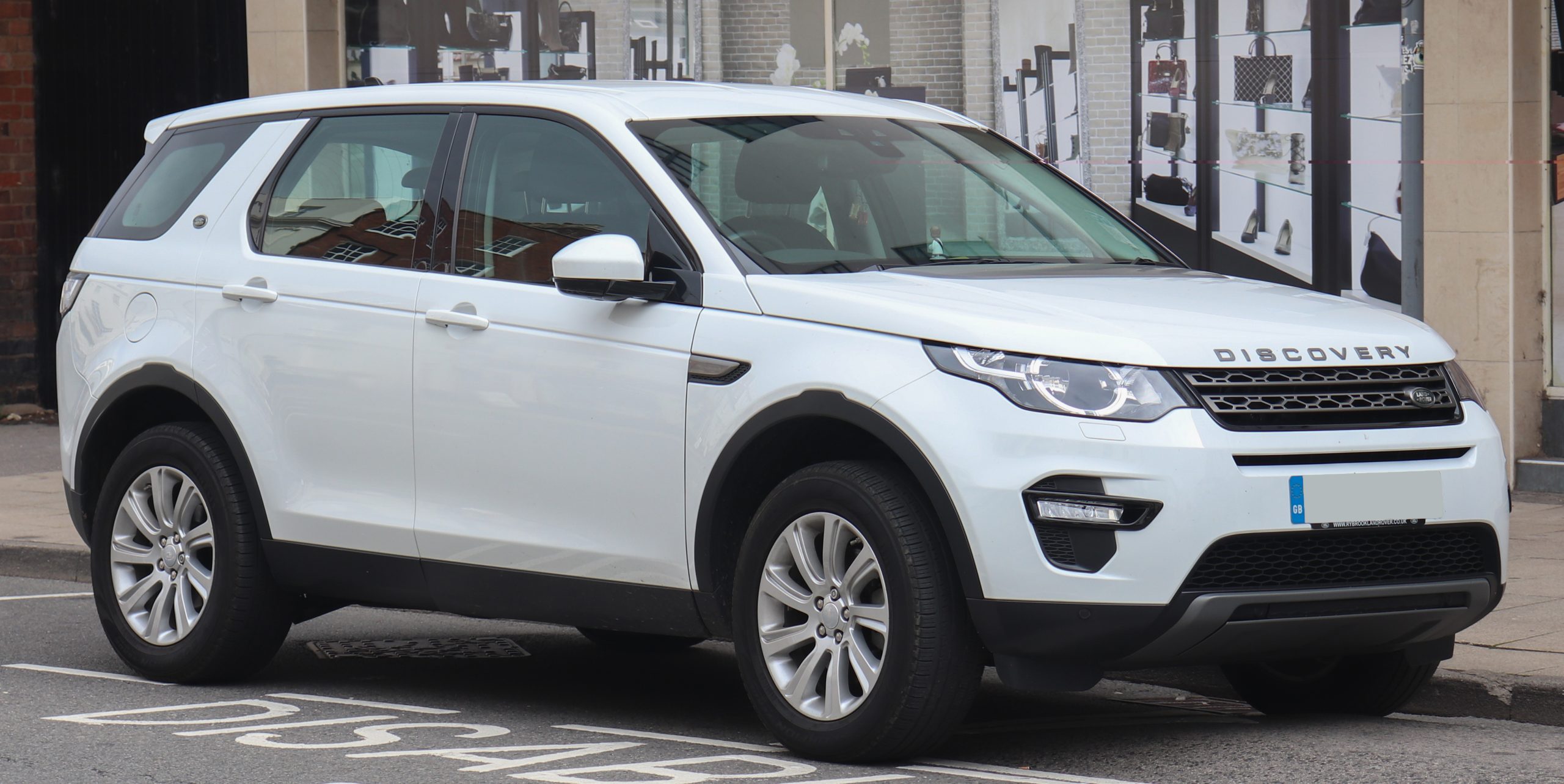
4. Land Rover Discovery 4 / LR4 (2010–2016)
Land Rover’s Discovery 4, also known as the LR4 in North America, is famous for its off-road capabilities and premium interior, but it has long struggled with transmission reliability, especially between 2010 and 2016. This SUV employs the ZF 6HP automatic transmission, a 6-speed unit widely used in various luxury vehicles, but in the Discovery 4, it frequently suffers from early wear and mechanical failures.
Owners commonly report harsh shifts, delayed engagement, slipping, and complete transmission failure at mileage as low as 70,000 miles. This is partly due to the transmission’s complex hydraulic systems and the heavy weight of the Discovery 4, which places extra stress on the gearbox.
One significant issue is the failure of the transmission control module (TCM) and internal solenoids, which regulate hydraulic pressure for shifting. Faulty or worn solenoids cause erratic shifts and can trigger limp mode, leaving the vehicle stuck in one gear.
This failure mode is costly to diagnose and repair, often requiring a full transmission rebuild or replacement. Additionally, the transmission fluid cooling system is known to be less effective in the Discovery 4, causing fluid temperatures to spike during heavy use, such as towing or off-roading. This thermal stress accelerates wear on internal clutches and bearings.
Land Rover owners also frequently mention that the complexity of the transmission’s software and electronics makes repairs difficult and expensive. Not only are parts pricey, but specialized diagnostic equipment is required to address problems accurately.
This often forces owners to rely on Land Rover dealerships, where repair costs and turnaround times can be prohibitive. Furthermore, transmission-related warranty claims are often denied or limited, leaving many owners responsible for thousands of dollars in repairs.
Overall, while the Discovery 4/LR4 excels in terrain handling and luxury features, its transmission reliability remains a glaring weak point. For buyers looking for an off-road capable SUV without frequent transmission issues, this model requires careful consideration. The Discovery’s transmission problems highlight the challenges of marrying advanced technology with heavy-duty use in premium vehicles.

5. Volkswagen Touareg (2008–2012, Early DSG Automatics)
The Volkswagen Touareg from 2008 to 2012, especially those equipped with early versions of the Direct Shift Gearbox (DSG), has experienced ongoing transmission reliability issues that plague owners well before the 150,000-mile mark.
The DSG, a dual-clutch transmission, is designed to combine the efficiency of a manual with the ease of an automatic, enabling lightning-fast shifts without torque interruption. While this technology is impressive in theory and has been successful in many European vehicles, early DSG units in the Touareg suffered from design and manufacturing flaws that resulted in frequent failures and costly repairs.
A common issue with the Touareg’s DSG is clutch pack wear, which leads to slipping, juddering, and hesitation during gear changes. This wear is often accelerated by heavy stop-and-go city driving and frequent towing, both common uses for the Touareg.
Additionally, the transmission control unit’s software in these early models was prone to errors, causing the transmission to enter limp mode or exhibit erratic shifting behavior. Many owners report a recurring need for software updates, fluid flushes, and clutch replacements — none of which provide a permanent fix.
Repairing a DSG transmission in the Touareg is not only expensive but also complicated. Dual-clutch transmissions require specialized knowledge and tools to disassemble and rebuild correctly. Unlike conventional automatics, a partial rebuild is often insufficient because clutch wear affects multiple interconnected systems.
Full transmission replacements can easily exceed $7,000, a major financial burden for many owners. Furthermore, Volkswagen’s warranty and goodwill policies are often inconsistent, leaving many to bear the repair costs themselves.
In summary, while the Touareg offers a refined driving experience with its advanced transmission technology, its early DSG models come with a significant risk of transmission problems that demand costly and frequent servicing. Prospective buyers looking for a trouble-free luxury SUV should approach these model years with caution, recognizing the potential for ongoing transmission headaches and high maintenance costs.
Also Read: 5 Toyota Hybrids With Long Lives and 5 That Constantly Glitch
Choosing an SUV is often a decision steeped in hopes for comfort, capability, and peace of mind for many years on the road. Yet, amid all the excitement around horsepower, technology, and interior features, the importance of transmission reliability can sometimes be overlooked — until the first signs of trouble arise.
As this article has demonstrated, not all SUVs are equal when it comes to how their transmissions hold up over time. While some vehicles boast transmissions capable of cruising past 200,000 miles with minimal intervention, others require frequent, costly repairs that can tarnish the ownership experience and strain budgets.
The five SUVs identified as transmission stalwarts — including models like the Toyota 4Runner, Honda Pilot (with its 5-speed automatic), Lexus GX 460, Ford Expedition (2010–2014), and Chevrolet Tahoe (2009–2014) — share common threads in their design and engineering. Their transmissions tend to prioritize mechanical simplicity, robust components, and effective cooling systems.
This creates a scenario where transmission fluid remains clean and cool, internal parts wear slowly, and software control systems avoid overstressing the hardware. Owners of these vehicles often report driving hundreds of thousands of miles without the looming threat of transmission failure, which translates into lower maintenance costs, higher resale values, and greater peace of mind.
Conversely, SUVs like the Nissan Pathfinder CVT models, early Jeep Grand Cherokee 8-speed automatics, BMW X5 (with early 8-speed automatics), Land Rover Discovery 4/LR4, and Volkswagen Touareg with early DSG transmissions illustrate the challenges of advanced transmission technologies that, while impressive on paper, haven’t always proven reliable in real-world conditions.
Their common issues include overheating, clutch slippage, electronic control failures, and software glitches — all of which lead to frustrating symptoms such as erratic shifting, limp modes, and complete transmission failure. These problems often emerge well before the vehicles have reached what many would consider mid-life, forcing owners into expensive repairs or premature replacements.
Understanding the root causes of transmission issues can empower buyers and owners to make smarter decisions. Often, vehicles with simpler, well-tested transmission technology are a safer bet for those prioritizing reliability and longevity over cutting-edge features.
At the same time, those interested in advanced transmission designs must be prepared for the possibility of higher maintenance and repair costs, particularly in the early years of these technologies’ introduction. Regular and proactive maintenance — including fluid changes, cooling system checks, and careful attention to driving habits — can mitigate some risks but may not entirely eliminate the underlying vulnerabilities.
For used SUV buyers, especially, it’s crucial to research the specific model year and transmission type. Early adopters of new transmission technology may face more reliability problems, while later revisions often improve dramatically. Additionally, understanding the maintenance history and service records of a used SUV can provide valuable clues about the health of the transmission and the likelihood of future problems. For sellers, transparently disclosing transmission maintenance can increase buyer confidence and vehicle value.
In the end, the transmission stands as one of the most critical components influencing an SUV’s longevity, driving enjoyment, and total cost of ownership. Choosing a model with a proven track record of transmission durability can significantly reduce stress and expense over the life of the vehicle. This knowledge is especially valuable in a market where SUVs are so prevalent and diverse, and where new technologies continuously reshape expectations and realities.
Ultimately, owning an SUV that doesn’t require frequent transmission service is not just about saving money — it’s about preserving freedom, reliability, and trust in your vehicle day after day. By carefully considering the lessons from the vehicles outlined in this article, buyers and owners can approach their SUV choices with greater confidence and clarity, making decisions that serve them well for hundreds of thousands of miles ahead.

